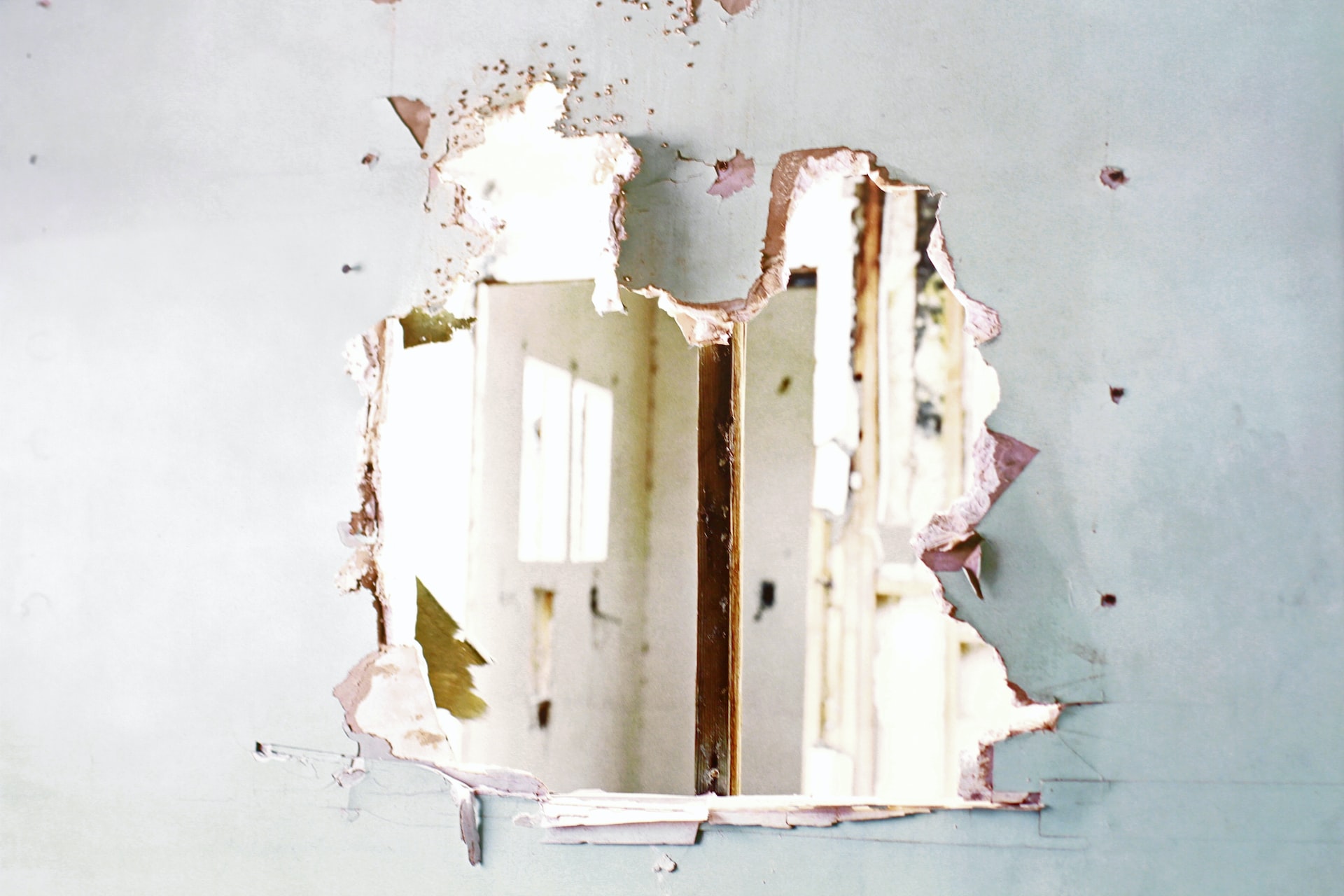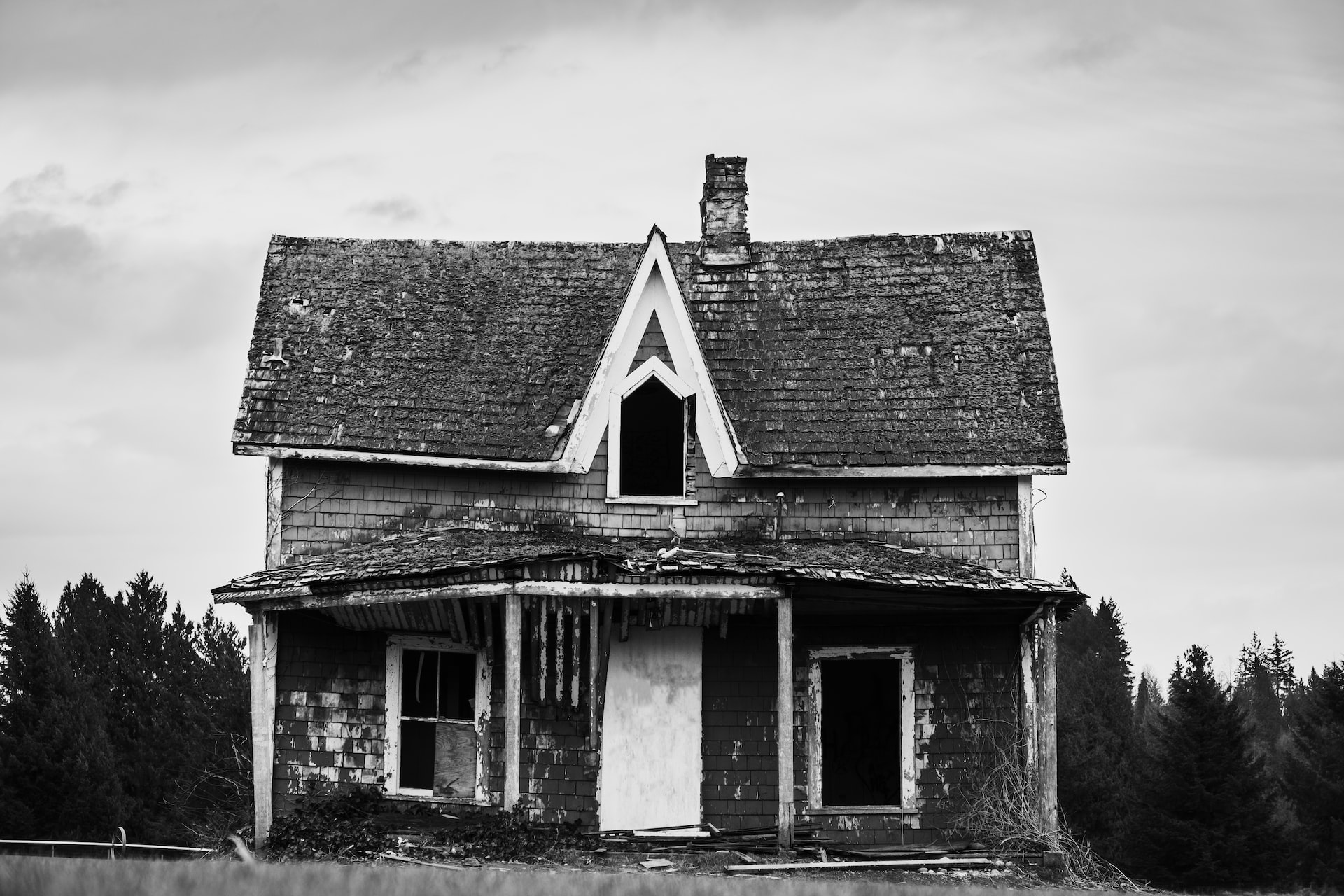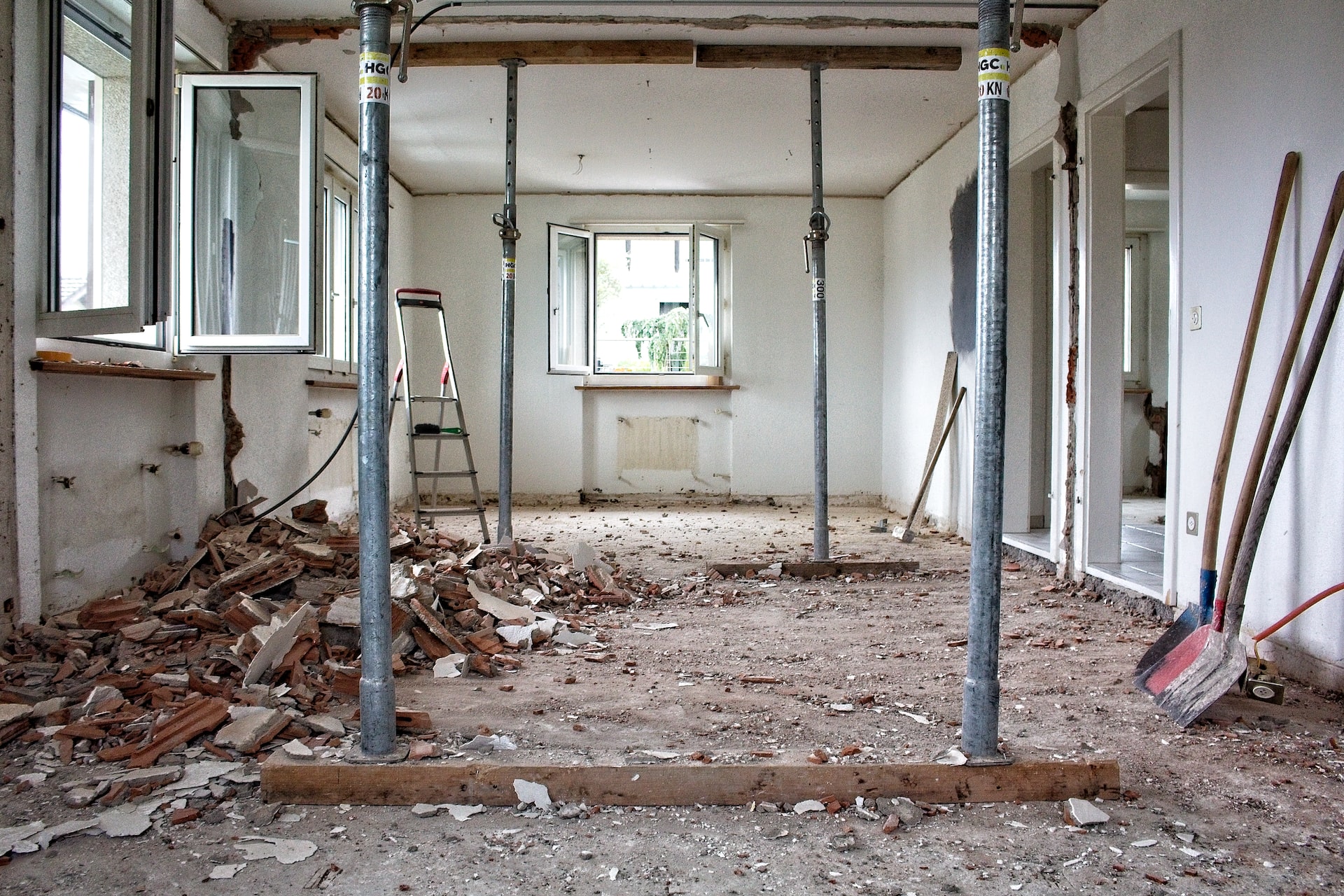A rental property is one of the smartest investments you can make. You get cash each month while owning a property you can sell (usually at a profit) when you’re ready to exit.
Around 36% of the 122.8 million households in the U.S. are paying rent to a landlord, which makes owning a rental property an excellent strategy to get into the real estate market. However, these tenants invest less in their homes than you, and they plan to move away in a year or two.
As result, you might be a little nervous about entrusting our investments in the hands of strangers. Fortunately, you’re not the only one. Tenant proofing will minimize property damage and repair costs and help you sleep easier.
How To Renter-Proof Your House
Here are tips to tenant-proof your house or apartment that will save you money down the road. These upgrades will also increase the property value.
1. Start With the Lease Agreement
Emphasize everything you want future tenants to uphold in the lease agreement. Rental property repairs are the landlord’s responsibility. You can’t put in a clause in the lease that forces tenants to be responsible for all repairs and maintenance.
The landlord-tenant law sets out the rights and obligations of landlords and tenants regarding a rental property. While the requirements may differ slightly because of state-specific laws, you are required to offer tenants:
- Proper trash receptacles
- Running water
- Follow building codes
- Maintenance of common areas
- Repairs to maintain the property’s habitable condition
- Working vital services, such as heating, gas, plumbing, electrical, and supplied appliances
Some items you can include in the lease agreement that ensure tenants help with property maintenance are:
- Clauses to keep the unit free from sanitary hazards
- Keeping the property free from safety hazards
- Following housing and building codes
- Preventing mold growth
- Respecting plumbing fixtures, supplied appliances, and not damaging the property
Ensure the lease clearly defines all clauses involving conduct in and around the unit, external and internal maintenance, and other tasks. Next, move on to proofing the property against problematic tenants.
2. Get Rid of the Carpet
Carpet retains stains and traps dirt even after a thorough cleaning. There will be instances of pet urination, pests, spilled drinks and food, etc. So replacing the carpet between renters is not an unrealistic prospect. Further, a nasty and stained carpet is a sure way to make your property look more run down.
Instead, consider installing vinyl flooring. The floor will not stain, is waterproof, easy to clean, and may even be cheaper to install than carpet.
A carpet requires replacement every five years with good care, while a high quality vinyl plank floor can last up to 20 years. All you need to do is give the floor a good mopping when rehabbing the rental.
3. Encourage the Use of Felt Pads
After replacing the carpet with vinyl flooring, using felt pads can help keep it looking new for years. Floor scratches come from shoving furniture like couches, entertainment centers, and desks across the floor.
The lease agreement should include a section requiring all tenants to install felt pads on furniture feet. The clause should also stipulate that damage to the floor from scratches will result in refinishing, a cost deducted from the tenant’s security deposit.
This clause will encourage tenants to care about the damage they may cause to floors, so they’ll take greater care of the property. It also moves floor scratches from the “normal wear and tear” category to “tenant damage,” so you have a better chance of holding tenants liable.
Make it easy for tenants to comply with the rule by providing them with furniture felt pads as they sign the lease!
4. Apply Glossy, Washable Paint
Painting the interior of a house costs about $1,920 on average, and shelling out this amount as the rental turns over is expensive. Traditionally, interior painting means flat paint on walls and semi-gloss or gloss on the trim. A matte paint stains easily when tenants put their hands on it, leaving scuffs and smudges.
You’ll require repainting after a year or two of such normal activity. But what if it’s possible to wash your walls down using a sponge and remove the smudges and scuffs?
And high-gloss paints come to the rescue. You don’t have to worry about the extra costs because pre-mixed neutral gloss paints are often on par with flat paints. Instead, spare a few minutes to consult a local paint expert to find inexpensive but resilient glossy paint.
5. Protect Your Walls
Tiny screw holes in the wall are manageable using the toothpaste trick. However, you’ll want to avoid dealing with larger holes—especially when you don’t want to repaint the house between tenancy.
An excellent step is installing door stoppers behind every door. The stopper costs only a few dollars and prevents doorknob holes behind a door that can cost you hundreds of dollars to repair. Door stoppers are also easy to install because all you require is a screwdriver.
Next, screw all hooks, racks, and anything a tenant will use to hang stuff into a stud, not the drywall. Failing to do this increases the chances of renters making early morning calls to complain about a towel rack falling off the wall.
However, the best protection you can have is to include a clause in the lease agreement. The clause should explicitly prohibit renters from wall mounting their TVs or screwing stuff to the walls. Also, mention that tenants should not use nails larger than 14 gauge.
Should your tenants want to mount their TV or put art on the walls, you should include a clause in the lease. It should note that the tenant should then either patch the holes and repaint the wall or pay a set amount for a professional to do it after moving out.
6. Use Less Window Dressing
Window coverings are not a requirement but are necessary. Once the unit is empty, the window covers you install help prevent people from noticing it’s unoccupied and stops issues that vacant properties present, including break-ins. Try keeping the windows downstairs covered and the upstairs ones clear.
However, blinds, drapes, and other window treatments can be expensive. An alternative is to invest in mini-blinds that won’t break the bank.
Mini-blinds are sometimes all a prospective tenant wants or requires but might be an eyesore for others—those who prefer hanging curtains. But don’t purchase expensive blinds because tenants will destroy them. Cheap ones will do the trick, and you can deduct the replacement cost from a tenant’s deposit as they move out.
7. Install Maintenance-Free Smoke Detectors
Whether you have an older rental or flipping a property, it might not come with hard-wired smoke detectors. Replacing the detector batteries every time you change the clock for daylight savings will keep it in excellent condition. However, the strategy means visiting your rental twice a year to replace the smoke detectors.t
But this depends on whether you’ll find the detectors. Smoke detectors emit a chirp when the battery is low, and tenants can place them where they get lost or even break and throw them in the garbage. Smoke detectors are a requirement for rentals, so you must replace each missing unit between tenancy.
Instead, consider installing modern smoke detectors with built-in lithium batteries. You can hang the units on the ceiling or wall and forget about them for years. While battery technology is improving, you still need to replace the smoke detectors every ten years.
8. Install Locking Drain Strainers
Tenants dropping soap down the drain, losing their rings in the drains, or junk clogging the plumbing are all situations that require contacting emergency plumbing services. A simple solution is using strainers.
Locking drain strainers work like standard units, except tenants can’t remove them without a special tool. While renters are responsible for clogged drains, it’s best to prevent the conversation from happening. A locking strainer in the kitchen, bathroom, and shower areas is easy to install and will reduce your rental management headaches.
9. Install Plexiglass on Screen Doors
Does your rental have storm or screen doors? Do tenants have kids or pets touching them? Consider replacing the screens or glass on storm doors with Plexiglass.
The material is flexible, strong, cheap, and will handle just about everything a tenant throws at it—except scratches. Plexiglas is also easy to install, especially if you’re handy with a screwdriver.
10. Inspect the Rental
In a perfect world, tenants would self-report rental issues. In commercial applications, QR code systems like Needs Attention automate this process. But in reality, you can’t rely on tenants self-reporting.
Some tenants may wreak havoc on your property, and others are gentle and respectful. Regular property inspections will help you know the type of tenant residing in the rental. You can use this information to guide decisions, such as whether to renew the lease, raise the rent, or even start the eviction process.
Regular checkups also help you confirm if renters comply with the lease terms. For example, are the tenants replacing air filters? Did they sneak in an extra pet? Are the smoke and CO detectors working?
Inspections also show you’re paying attention and care about the rental and expect tenants to do the same.
The Take-Away
Wear and tear is inevitable, but you can prolong your property’s wellness by implementing the measures above. Maintaining a renter-proof house means you’ve got to be firm but fair, can evict renters when required, and know the way around a toolbox.
Rental properties are financially rewarding and are never hassle-free, but smart landlords can optimize their investment without dealing with unnecessary headaches or damages.



